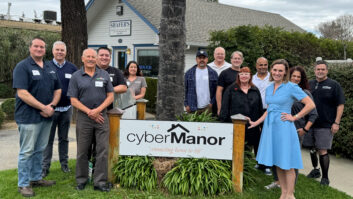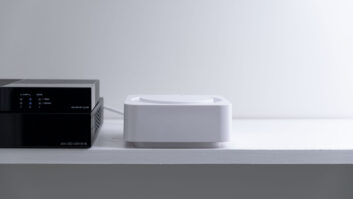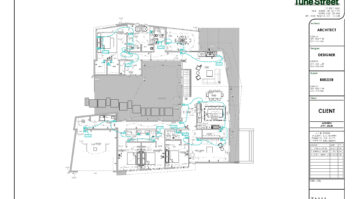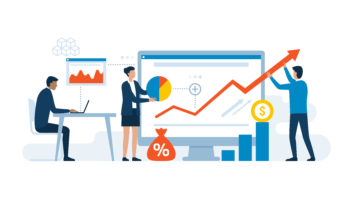I was recently looking at new cars with my wife. We started out a Lexus dealership. We spent some time looking at the GX and RX SUVs. I loved what they offered in terms of amenities, performance, and luxury, but the price tag of $45,000 was a bit outside of our budget. We drove down the street to a Toyota dealership and started looking at Toyota Highlanders.
I was really impressed with the Highlander, but the base models didn’t give me everything I wanted, so I ended up adding on some features, some of which were to match the Lexus and some of which were additional features that were not on the Lexus I looked at, but seemed really cool. While we haven’t purchased anything yet, the final model we configured came to about $40,000, which is a $5,000 savings from the Lexus, but also $5,000 more than the base Highlander configuration that we were looking at originally.
This got me to thinking more holistically about a similar strategy that we should be following with our clients. More and more, we are seeing clients shy away from some of the more “professional-grade” products toward more consumer-centric solutions. For instance, most of my clients do not see the value in spending $5,000 to $25,000 for a media server, when they get most of their content from streaming services and can access almost any movie with an Apple TV or Roku for a hardware cost of $100-$200. The premium in price is very hard to justify.

Image: Thinkstock
Another example is with streaming music. We will specify a music server for professional-grade whole-home audio, but often clients are pretty specific about Sonos. While the Sonos experience within a home automation ecosystem such as Crestron, Control4, or Savant is crippled and an Autonomic experience, for example, is by far superior, many of my clients are completely happy using a separate app for music.
Making our clients happy and accommodating their preferences is key to great customer service. If the client experience is not significantly impacted, then these are the types of adjustments we have to make in proposals every month. But, as important as making these adjustments are, we also work extremely diligently to not lose revenue. Whenever a lower cost solution is incorporated, we strongly recommend reallocating the funds to other parts of the system. For example, when thousands of dollars are saved by using a few Apple TVs throughout the home instead of a distributed Kaleidescape server, we suggest adding video to another room or two, or to the outside deck. Or, we encourage clients to reallocate those funds to automated shading, to make the TV watching experience better by darkening the room when it is sunny outside.
When a client chooses Sonos over Autonomic, adding another zone or two of audio that was previously off the table now becomes a viable option. By adding in two to four more speakers and wire runs, we capture the revenue difference and add in some very high margin product to help our overall gross margin on the project.
The key is to not let revenue walk out the door when a client adamantly requests consumer-grade, less expensive solutions. When that happens, put on your sales hat and find ways to reallocate those budget dollars so your client gets more than they expected, and you keep your top and bottom lines healthy.







